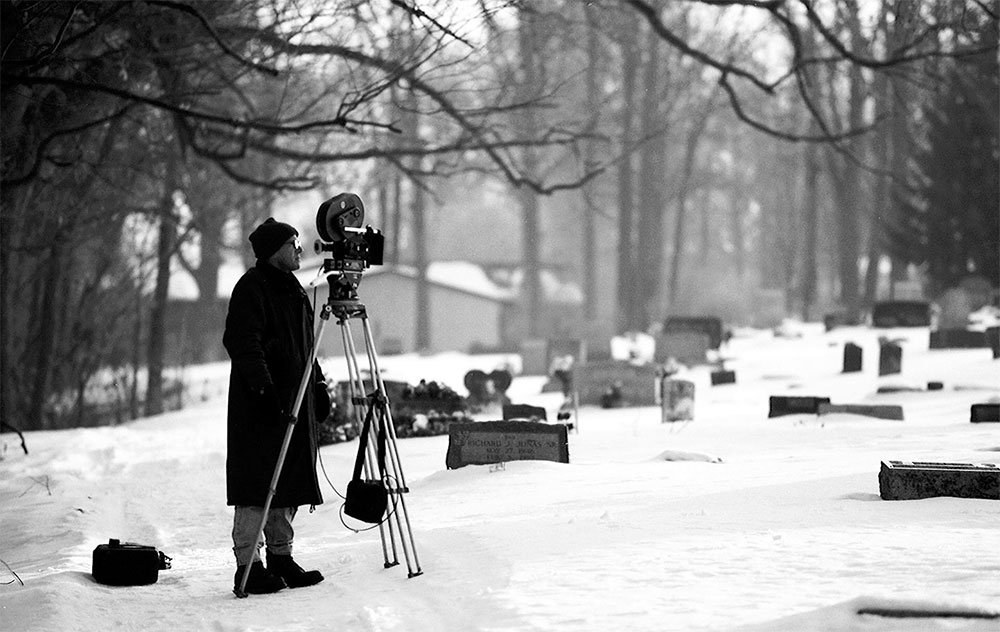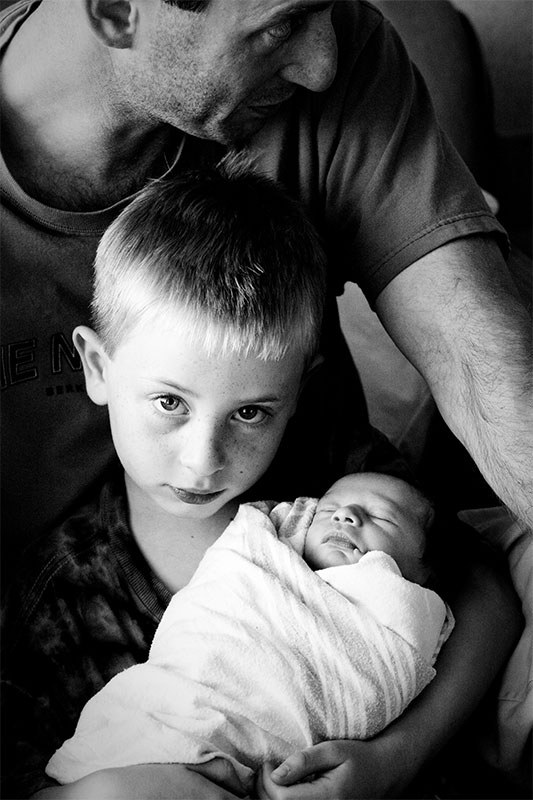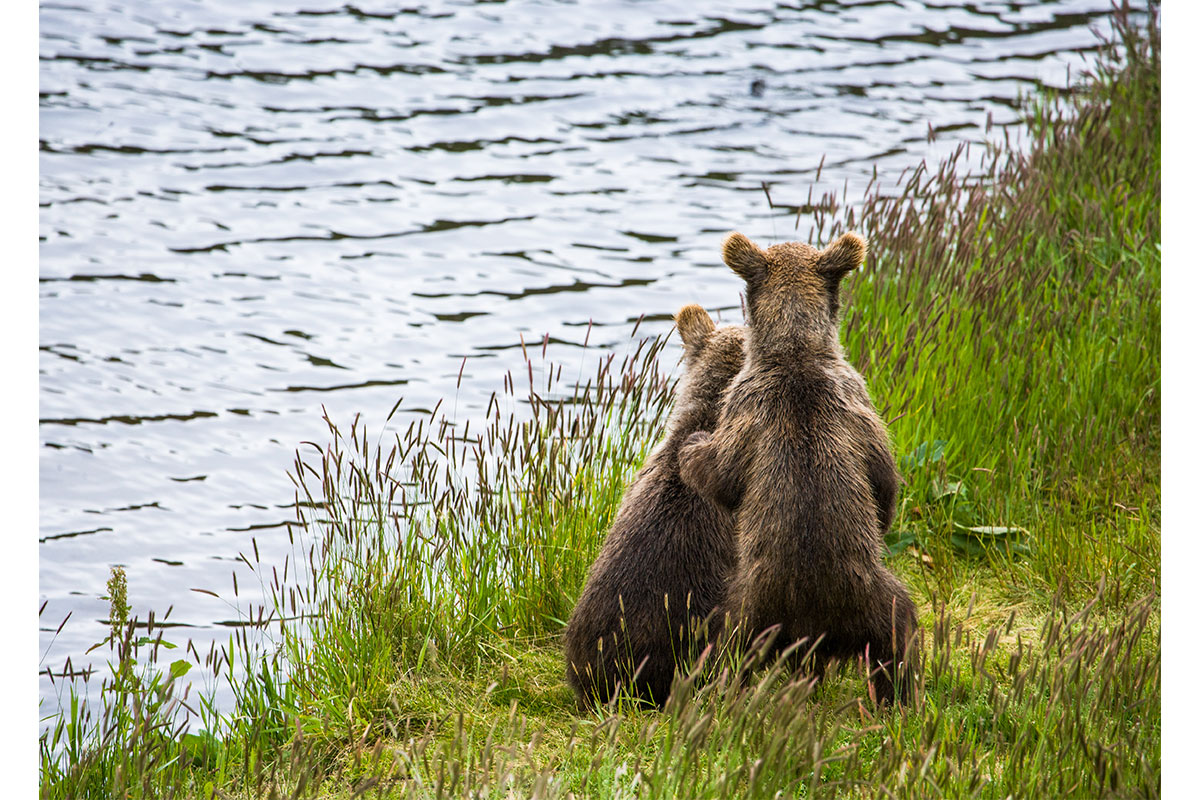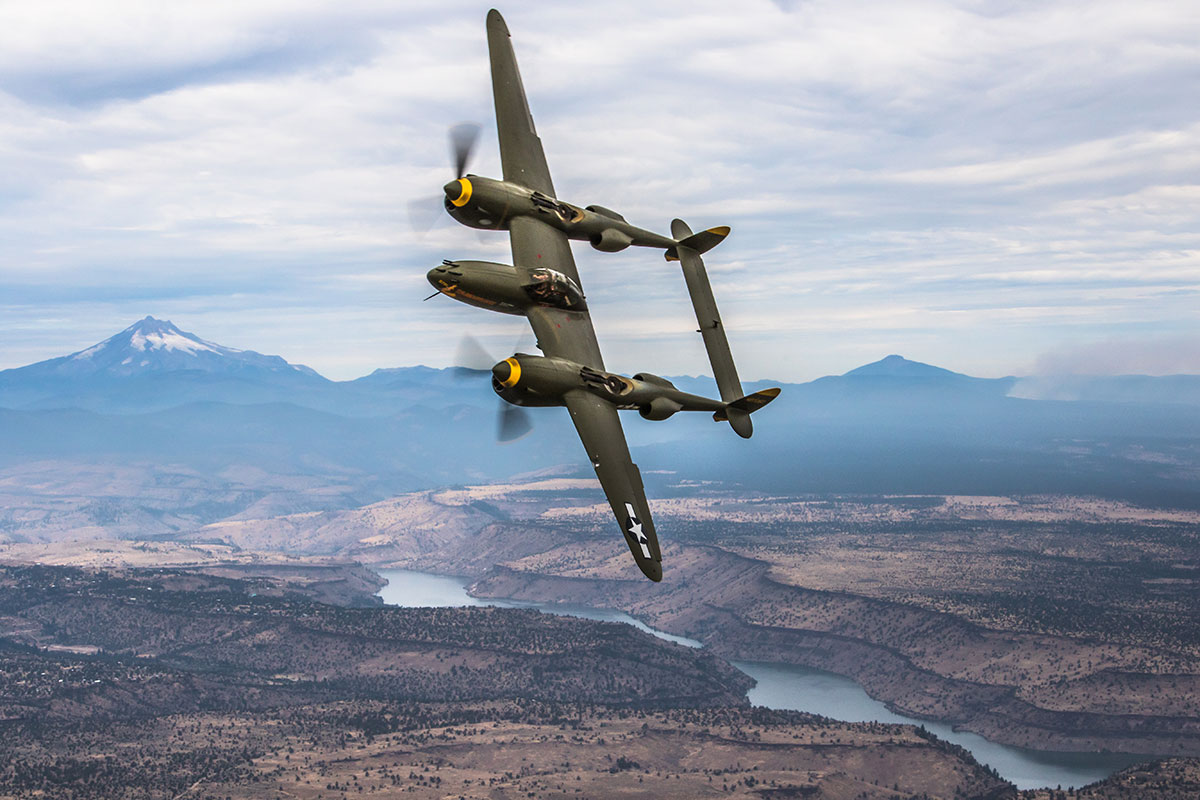Alumnus profile
A new lense
by Jesse Tuel
Photos by Richard Mallory Allnutt '91, '03
 Cinematographer Tony Henniger sets up the first shot on the first day of shooting 'The Distance,' an independent feature film which went on to win best drama at the New York Independent Film Festival in 2000. This was one of the first five shots, of 100 rolls I took over the six weeks of the shoot. It was my first real experience as a professional photographer, but this shot convinced me that I was meant to be a photographer. It quite literally changed my life."
Cinematographer Tony Henniger sets up the first shot on the first day of shooting 'The Distance,' an independent feature film which went on to win best drama at the New York Independent Film Festival in 2000. This was one of the first five shots, of 100 rolls I took over the six weeks of the shoot. It was my first real experience as a professional photographer, but this shot convinced me that I was meant to be a photographer. It quite literally changed my life."

"Cinematographer Tony Henniger sets up the first shot on the first day of shooting 'The Distance,' an independent feature film which went on to win best drama at the New York Independent Film Festival in 2000. This was one of the first five shots, of 100 rolls I took over the six weeks of the shoot. It was my first real experience as a professional photographer, but this shot convinced me that I was meant to be a photographer. It quite literally changed my life."
A new lense
by Jesse Tuel
Photos by Richard Mallory Allnutt '91, '03
A frozen cemetery at dawn is an unlikely place to be warm.
But Richard Mallory Allnutt was plenty warm.
Hired as a set photographer for a friend's independent film in 2000, Allnutt (M.S. electrical engineering '91, Ph.D. '03) took a leave of absence from his job in satellite communications to spend an immersive six weeks documenting the production and observing the film's people, everyone from actors to the "rough-and-ready" crew members, waiting for new emotions to cross their faces. "You really see right inside a person. You see the beauty in everyone," Allnutt said. "That was electrifying."
In the Indianapolis cemetery, as he snapped the first few photographs of the assignment, Allnutt wasn't bothered by the chill — because he knew then that he was meant to be a photographer. "That one image changed my life," he said.
Today, Allnutt straddles three fields: engineering, photography, and writing. As a freelance engineer, he helps design spacecraft antenna feeds — mostly for commercial vehicles, though he did have a small role on NASA's Dawn probe. An expert on airplanes and aviation history, he has written and shot photos for hundreds of articles for aviation publications. And his reputation as an award-winning photographer, one with rare versatility, is growing.
Comparing the three disciplines, Allnutt notices more similarities than differences. All three require great creativity and the ability to step back to observe elements working together. They also require specificity: An engineer doesn't use unnecessary parts, just as the photographer or writer avoids clutter. Said Allnutt, "In writing, you can't just paint wildly with adjectives."
A Blacksburg resident — at least when he's not traveling for assignments — Allnutt finds the hectic nature of his work deeply satisfying. "It's a constant challenge to solve problems," he said. "And it's always different."








